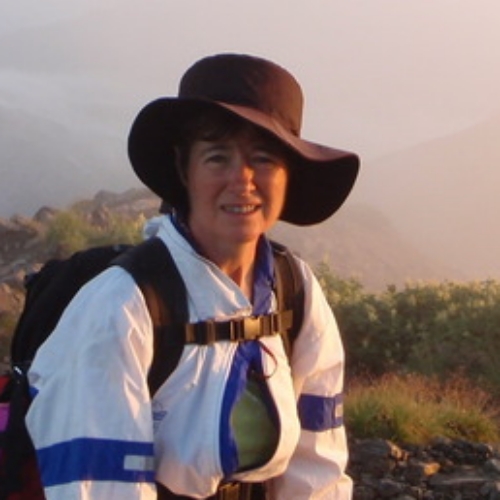The International Commission on Non-Ionizing Radiation Protection (ICNIRP) released new guidelines for exposure to radiofrequency (RFR) and other non-ionizing radiation recently, raising its threshold for harm to 41 degrees C for local heating.
On page 7, it says,
"The present guidelines take a conservative approach and treat radiofrequency EMF-induced temperature rises of 5Â degreesC and 2Â degreesC, within Type-1 and Type-2 tissue, respectively, as operational adverse health effect thresholds for local exposure."
Type-1 tissues are defined as "all tissues in the upper arm, forearm, hand, thigh, leg, foot, pinna and the cornea, anterior chamber and iris of the eye, epidermal, dermal, fat, muscle, and bone tissue."
Type-2 tissues are defined as "all tissues in the head, eye, abdomen, back, thorax, and pelvis, excluding those defined as Type-1 tissue."
In other words, the new guidelines claim that it is safe to raise the temperature of shallower parts of the eye by 5 degrees Celsius, and of the brain by 2 degrees Celsius. In ICNIRP's previous guidelines, the threshold for harm of the brain was deemed heating by 1 degree Celsius.
This is a shock to anyone aware of research on the biological effects of RFR, but not a surprise. It has been noted that for IoT to work as its planners and designers hope, ICNIRP's already controversial standards would need to be relaxed even further.
Despite criticisms that ICNIRP ignores any scientific evidence that would be awkward for the industries it represents, the WHO treats it as the official standard-setting body, and incorporates its views into its "factsheets" for the public, with no consideration of opposing viewpoints.
Last November, a letter questioning WHO's transparency and signed by 18 international experts on the biological effects of electromagnetic fields (EMF) was sent to Dr. Va Deventer, team leader of the World Health Organization's Radiation Programme. To date there has been no reply says the letter's author (who has not responded to the author's request to release the letter or names of its signatories).
The letter asked five questions:
1) Who specifically selects the teams for the WHO EMF Project?
2) What are the criteria of selection?
3) Will industry funding of universities be stated on the conflict-of-interest (COI) forms? (A point often missed in COI forms, with one university cited being so heavily funded by telecommunications companies that it boasted its "affiliates share in it like an R&D arm.")
4) Which scientists wrote the factsheets for the WHO EMF Project, and what was the process for reaching the conclusions put forth in those factsheets? The following six online factsheets were listed as examples:
Electromagnetic fields and public health: mobile phones (2014 revision)(with a photo of a child holding a cellphone)
Q&As on mobile phones and their base stations (2013)
(Note: You can view every article as one long page if you sign up as an Advocate Member, or higher).





